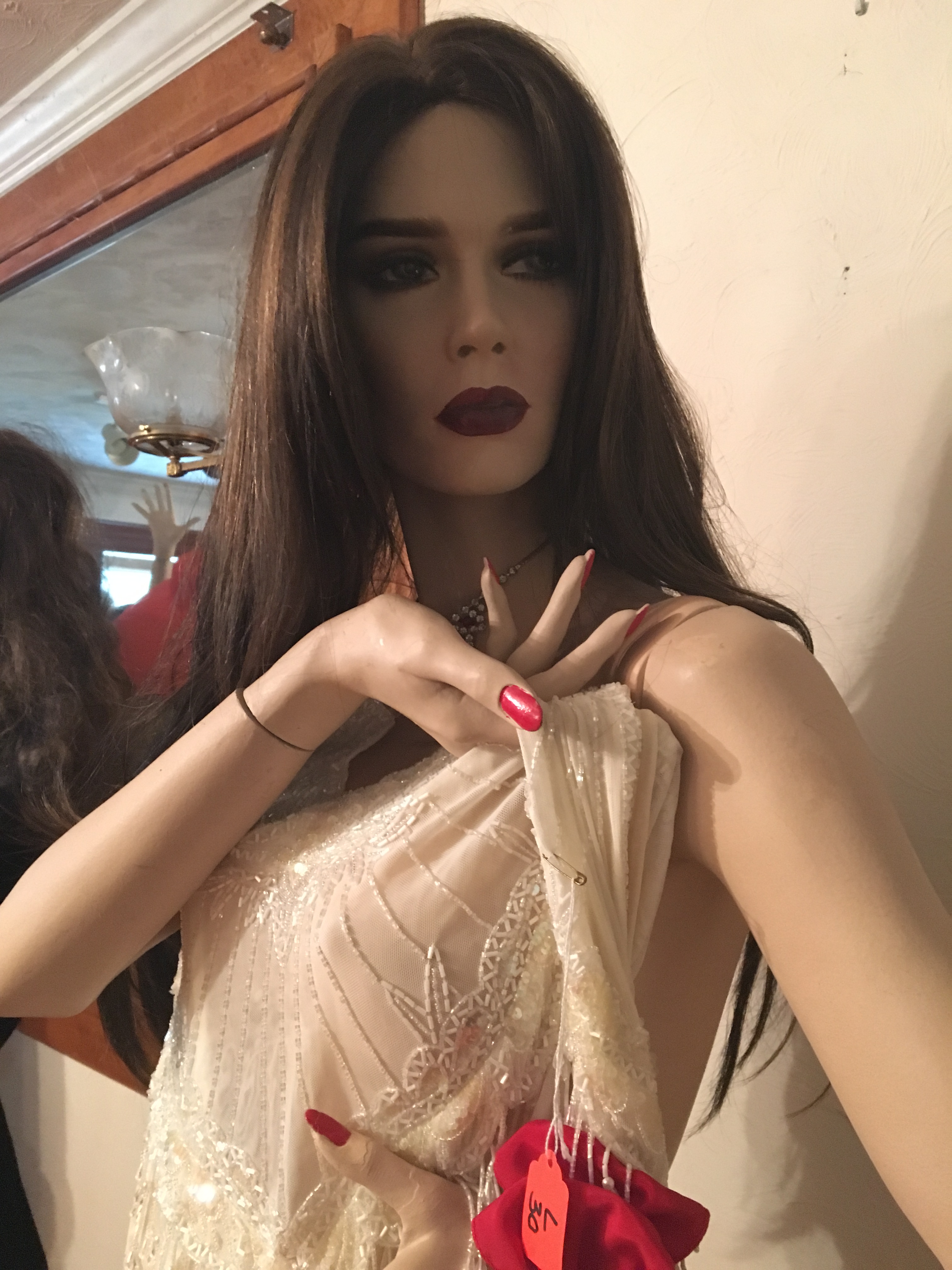There’s something about forgotten spaces that have always interested Alicia Holliday. On a class trip at Beloit College, she discovered one of the strangest places she’s explored yet.
I’ve always been fascinated by forgotten spaces. The ways in which buildings and objects hold stories. When I was sixteen, I got a summer internship at a local museum in San Diego. It was in an old adobe ranch house, passed down over the centuries from Spanish conquerors to bourgeois families to rancheros. Hidden away in a shallow valley next to the freeway, people rarely visited anymore, and those who did were usually just avid hikers and nature enthusiasts who stumbled upon it in what little remained of the city’s wilderness.
I spent my days wandering through the old rooms after hours, carefully marking each item with a tiny number, cataloging everything. It was strange to think that they had belonged to someone once, long ago. Sitting in the lonely silence of a forgotten past, I was the only one who really knew or cared that these objects still existed. I often thought of the tea served in those cracked china cups, of the weary bodies that sat in those rocking chairs after a long day, of the children who played with those porcelain dolls and wooden toy horses.
The house itself felt heavy with sadness, wistful in a way. Or maybe that’s just the emotions I projected on it. But there was definitely a presence there.
I never felt alone during those summer afternoons, as the sun set behind the oaks on the edge of the ranch. Maybe I should have been scared, frightened that I might see a shadowy figure by the fireplace, or hiding behind a curtain. But I never was. More than anything, I wished I could unravel the stories from the wicker furniture, dig them out of the thick mud walls.
I guess that’s why I wasn’t scared to enter the house of a dead man out in the backwoods of Beloit. I was there on a field trip for a college writing course, enticed by the headlines this man had made. Before Mike Martin died after battling Alzheimer’s, he spent his final years collecting and refurbishing mannequins, dozens of them. Now separated from their creator, the figures sat abandoned, eternally poised, staring into nothingness.
The circumstance was strange, and unnerving to many. But walking into that house, up the carpeted staircase, past the empty bedrooms, there again was that heavy, familiar feeling of sadness. A little trunk in a corner revealed a faded book of hymnals, several pages marked with scraps of fabric. A telling of devotion, redemption.
Two days after the trip, sitting in the campus library and looking at a photo I’d taken of the front of the house, that I noticed something in the window. I looked closer: two small ghostly faces stared back. Too stark, too vivid to be mistaken for anything else, they peered from a room that I knew had been empty. And I could have been afraid in that moment, frightened by the unknown. But I wasn’t.
Alicia Holliday is a student at Beloit College.










